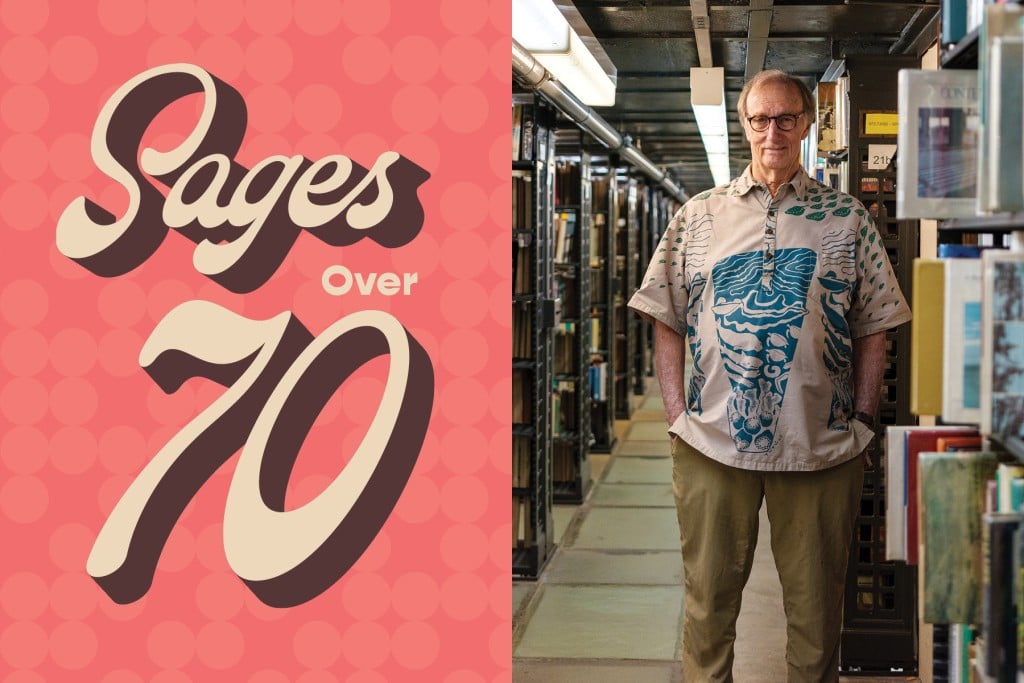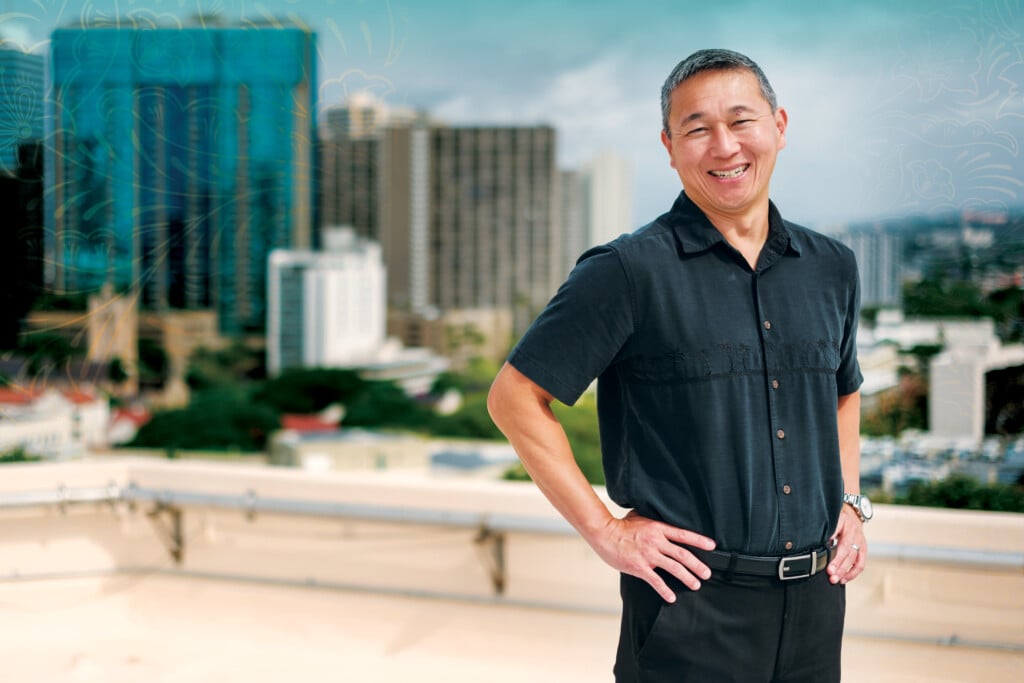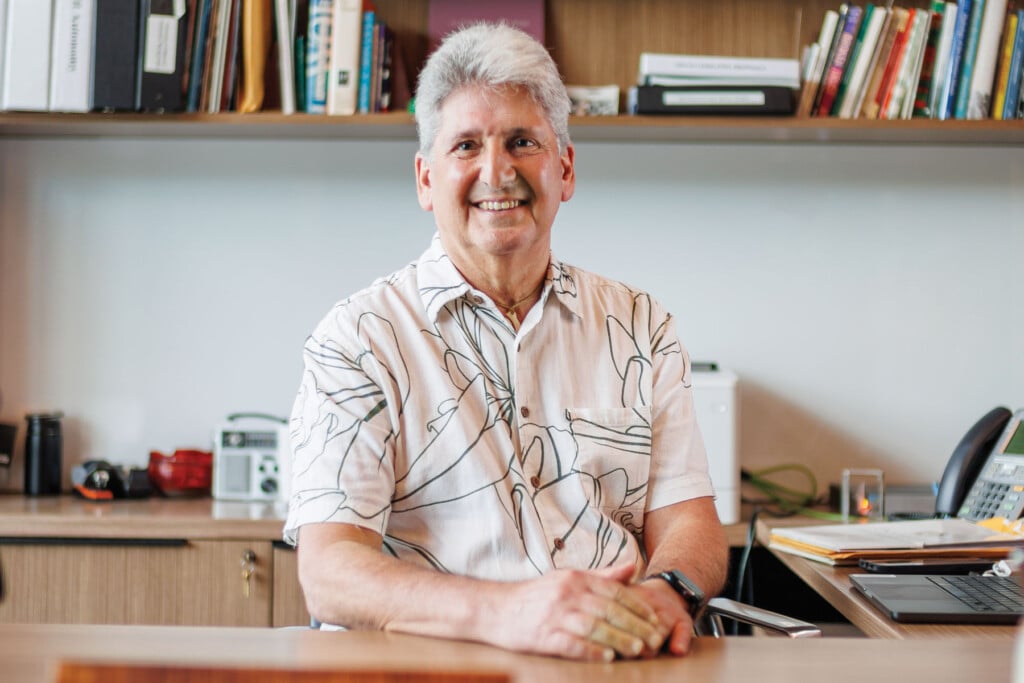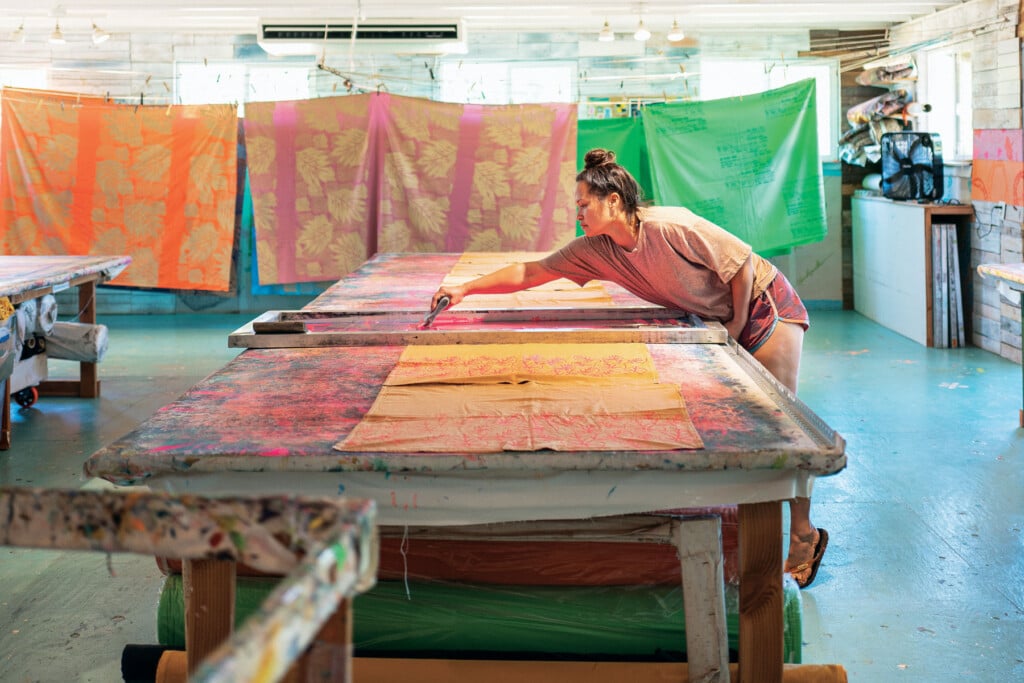Sages Over 70: Tom Coffman
The award-winning writer and filmmaker has explored local history, politics and society, from annexation to recent times.

Over the years, Tom Coffman has been a newspaper journalist, author, media producer and documentary filmmaker but now devotes his days to writing books full time.
“The last 10 to 12 years, I’ve done almost nothing but writing,” says the 79-year-old. “I love writing.” And this accomplished storyteller is always thinking of new stories to tell.
Many of Coffman’s films and books have examined Hawai‘i’s political and social history, such as the forced annexation, the Korean American journey and the early statehood years when the Democratic Party became a dominant force.
His film, “Ganbare,” about Japanese Americans during the early years of World War II, won Best Film by a Hawai‘i filmmaker at the 1995 Hawai‘i International Film Festival. Three of his books, “Nation Within,” “The Island Edge of America” and “I Respectfully Dissent” won awards from the Hawai‘i Publishers Association, and he’s received the Hawai‘i Award for Literature from the state of Hawai‘i.
John Dominis Holt IV
He chooses subjects based on attachments to people in Hawai‘i and through personal relationships, such as his wife of 47 years, Lois U.H. Lee, who is Korean American, and his oldest son, Harry, who is deceased and was part Hawaiian. He’s also drawn inspiration from another writer he knew personally, the late John Dominis Holt IV, whom Coffman calls “the great Hawaiian writer of our time.”
“It was John Dominis Holt who had set in my mind the importance of observance and creating history that’s intelligible to people by creating logical progressions that move forward in time,” says Coffman of the Native Hawaiian writer who influenced his film and book “Nation Within” and the film “O Hawai‘i: From First Settlement to Kingdom.”
“John had more than anyone reconnected people to Queen Lili‘uokalani and then to the overthrow of the Hawaiian kingdom, and it burned in my brain the importance of illuminating the next step in history, which was five years between the overthrow and America’s forced annexation.”
Coffman’s latest book, “Inclusion: How Hawai‘i Protected Japanese Americans from Mass Internment, Transformed Itself, and Changed America,” was published by UH Press last year. “It’s a history of the development of society in Hawai‘i, the territorial period, and particularly the development of the relationship between the Japanese community and the U.S. government, and the contrast between how Hawai‘i evolved versus how the West Coast evolved,” he says.
The 130,000-word book, which Coffman worked on for 10 years, was just chosen to represent Hawai‘i in the Library of Congress National Book Festival’s “Great Reads from Great Places” list this year.
“Deep Knowledge and Insights”
“I’ve always marveled at his work because he’s a genuinely extraordinary storyteller,” says artist and filmmaker Meleanna Meyer, who’s known Coffman for nearly 30 years. “He’s the kind of guy who has masterfully been able to digest and understand in such deep ways about other cultures and there’s no one that comes close to that, with his deep knowledge and insights about not only the Hawaiian culture in particular, but the Japanese, Filipino and Korean for that matter as well.”
Coffman started out as a journalist and he worked at the Honolulu Star-Bulletin for six years, where he became a political reporter. It was also when he wrote “Catch a Wave,” published in 1972, a study of early statehood politics in Hawai‘i. Soon after, he left newspaper reporting and immersed himself in community media projects with topics ranging from mental health programs to a booklet for the Board of Water Supply.
“One thing led to another and then I got into video production when it became affordable,” says Coffman. “My opening into video production was the era of digitalization. … I could do what was (previously only) done in an enormously expensive studio. The more I perfected my tools, I could do everything on a desktop.”
Books and Films at the Same Time
From his desktop, he became writer, director and producer of numerous documentary films that appeared on PBS, including “O Hawai‘i: From First Settlement to Kingdom,” “Nation Within,” “May Earth Live,” “First Battle: The Battle for Equality in War- Time Hawaii,” “Arirang: The Korean American Journey,” and “Ninoy Aquino and the Rise of People Power.”
“I was trying to do one a year, but that eventually became impossible,” he says. “ ‘Arirang,’ which was circulated widely across the country, was two hours and I worked on that probably two years at least. I also finished a book during that period. … That was the crazy thing I did. I would write books and produce films simultaneously.” For example, “Nation Within,” both a film and a book, took a total of 19 months to complete.
“I never worked so hard in my life, but I was determined to get it out before the 1998 observance of annexation, and I did,” says Coffman.
In 2020, Coffman and Meyer worked together on the film “Mauna Kea: Sacred Mountain, Sacred Conduct,” about the ongoing efforts of the kia‘i (protectors) to stop further telescope development on the mountain.
“We managed to put together an extraordinarily beautiful, compelling little film,” she says. “I just can’t say enough about the guy in terms of his deep understanding, deep commitment to social justice issues, not just for Hawaiians, but for all communities.”






